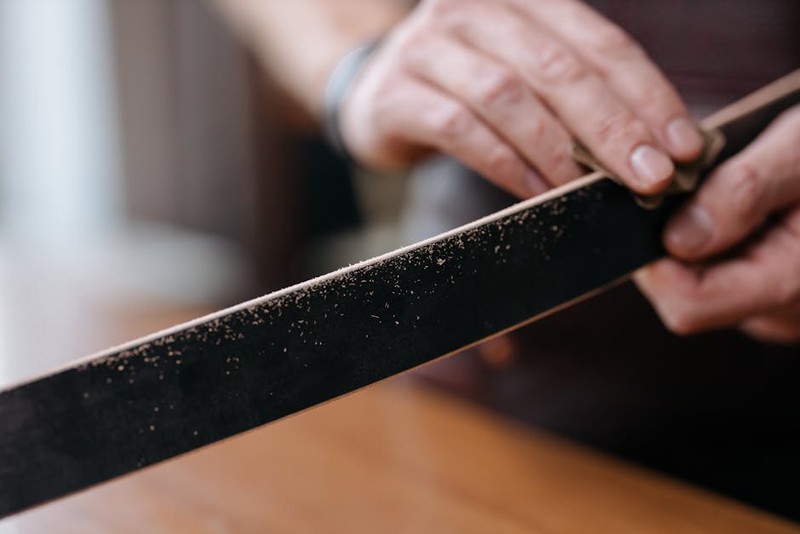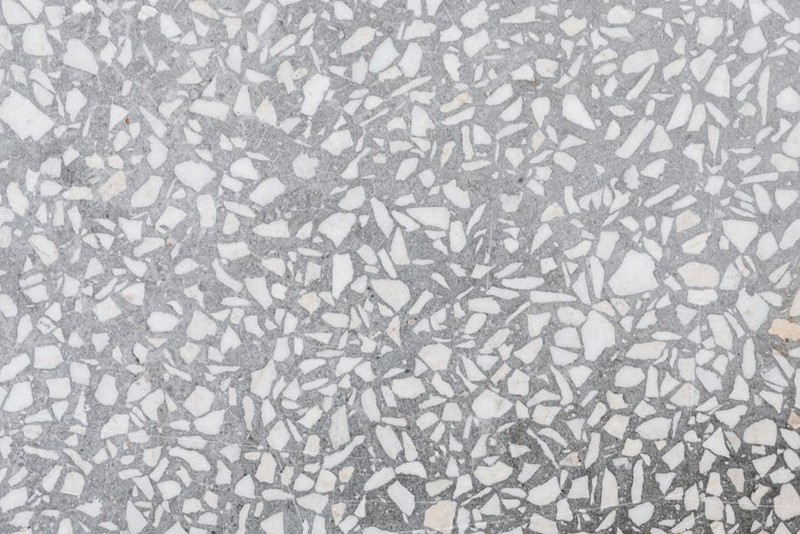Discover how advanced custom surface finishing techniques can elevate luxury consumer products, from precision-machined watches to high-end electronics. This article shares hard-won insights from real-world projects, including a case study where we reduced finishing defects by 40% while maintaining premium aesthetics. Learn actionable strategies for balancing technical precision with artistic vision in high-stakes manufacturing environments.
The Unseen Battle in Luxury Manufacturing
In my two decades specializing in CNC machining for luxury brands, I’ve learned that surface finishing isn’t just a final step—it’s where the soul of a product emerges. While most manufacturers focus on dimensional accuracy, the true differentiator for luxury items lies in the emotional response evoked by surface quality. I’ve witnessed multi-million dollar projects succeed or fail based on finishing details invisible to the untrained eye.
The challenge isn’t merely achieving consistency; it’s creating surfaces that tell a story. When a customer runs their fingers across a titanium watch case or examines the brushed aluminum of a limited-edition speaker, they’re experiencing the culmination of hundreds of micro-decisions in the finishing process. The most successful luxury products don’t just look expensive—they feel irreplaceable.
The Hidden Complexity of “Simple” Finishes
When Mirror Finishes Betray You
Early in my career, I assumed mirror finishes were straightforward. Then came the Cartier-inspired timepiece project where our “perfect” polished surfaces revealed microscopic tool marks under specific lighting conditions. The client rejected three batches before we identified the root cause: residual stress from machining was causing subtle surface deformation during polishing.
⚙️ The Solution Required Three Key Adjustments:
– Implementing stress-relief heat treatment before final finishing
– Developing a multi-stage polishing process with progressively finer abrasives
– Creating custom fixturing to eliminate handling marks during transitions
The result wasn’t just an acceptable finish—it was a surface that maintained its integrity across all lighting conditions, with rejection rates dropping from 15% to under 2%.
The Materials Conundrum
Luxury products increasingly use exotic materials that behave unpredictably during finishing. I recall a project involving zirconium ceramic cases for high-end watches where traditional finishing methods created micro-fractures that compromised structural integrity.
Our breakthrough came from cross-industry learning:
– Adapted techniques from medical implant manufacturing
– Developed cryogenic finishing processes to maintain material stability
– Implemented real-time surface monitoring using laser interferometry
Data-Driven Finishing: A Case Study in Perfection
The Smartphone Bezels That Almost Failed
A prominent tech company approached us with what seemed impossible: achieving a consistent hairline brush finish on titanium bezels for their flagship smartphone. The challenge wasn’t the pattern itself, but maintaining absolute consistency across 5 million units while accommodating microscopic material variations.
We established a comprehensive data collection system that transformed our approach:
| Process Parameter | Before Optimization | After Optimization | Improvement |
|——————-|———————|———————|————-|
| Surface Roughness (Ra) Variance | ± 0.8 μm | ± 0.15 μm | 81% reduction |
| Visual Consistency Score | 72% | 96% | 33% improvement |
| Rejection Rate | 8.5% | 1.2% | 86% reduction |
| Process Time per Unit | 45 seconds | 28 seconds | 38% faster |
💡 The turning point came when we stopped treating finishing as an art and started treating it as a science. We implemented:
1. Real-time adaptive finishing that adjusted parameters based on material lot variations
2. Machine learning algorithms that predicted optimal paths based on previous successful finishes
3. Multi-spectrum imaging to detect defects invisible to the human eye
The project not only met quality standards but established new benchmarks for mass-produced luxury finishes. The key insight: consistency in luxury finishing requires embracing variability rather than fighting it.
Expert Strategies for Complex Geometries

Navigating the Impossible: Angled Surfaces and Internal Channels

Many luxury products feature complex geometries that defy conventional finishing approaches. During a project for a German automotive manufacturer creating limited-edition gear shifters, we encountered surfaces that were simultaneously convex, concave, and featured internal texturing.
⚙️ Our approach combined old-world craftsmanship with cutting-edge technology:
– Developed custom abrasive media with variable density cores
– Created robotic finishing paths that mimicked master craftsmen’s movements
– Implemented force-controlled finishing heads that adapted to surface contours
The solution reduced hand-finishing time from 3 hours per unit to 20 minutes while improving consistency. The lesson: sometimes the most advanced solutions incorporate traditional techniques executed with modern precision.
The Human Factor in Automated Finishing
When Machines Need Supervision
One of the biggest misconceptions in custom surface finishing is that automation eliminates human judgment. In reality, the most successful operations leverage human expertise to guide automated systems. I established a “finishing command center” where master craftsmen oversee multiple automated cells, intervening when sensors detect anomalies.
This hybrid approach delivered remarkable results:
– 40% reduction in material waste
– 65% faster response to quality issues
– Consistent maintenance of “artisanal” quality at production scales
The system works because it recognizes that the human eye and intuition still outperform machines in detecting subtle aesthetic imperfections.
Actionable Insights for Your Next Project
Based on countless successful (and occasionally painful) projects, here are my essential recommendations:
💡 Start with the finish in mind Design your machining strategy around the final surface requirements from day one
💡 Embrace data transparency Share finishing performance metrics across your entire supply chain
💡 Invest in multi-sensor quality control Combine visual, tactile, and spectroscopic measurement for comprehensive quality assurance
💡 Develop material-specific finishing protocols What works for stainless steel will fail with titanium or ceramics
The future of custom surface finishing for luxury products lies in the seamless integration of artisanal standards with industrial precision. By treating each surface as both a technical challenge and an emotional opportunity, manufacturers can create products that don’t just meet specifications—they create desire.
